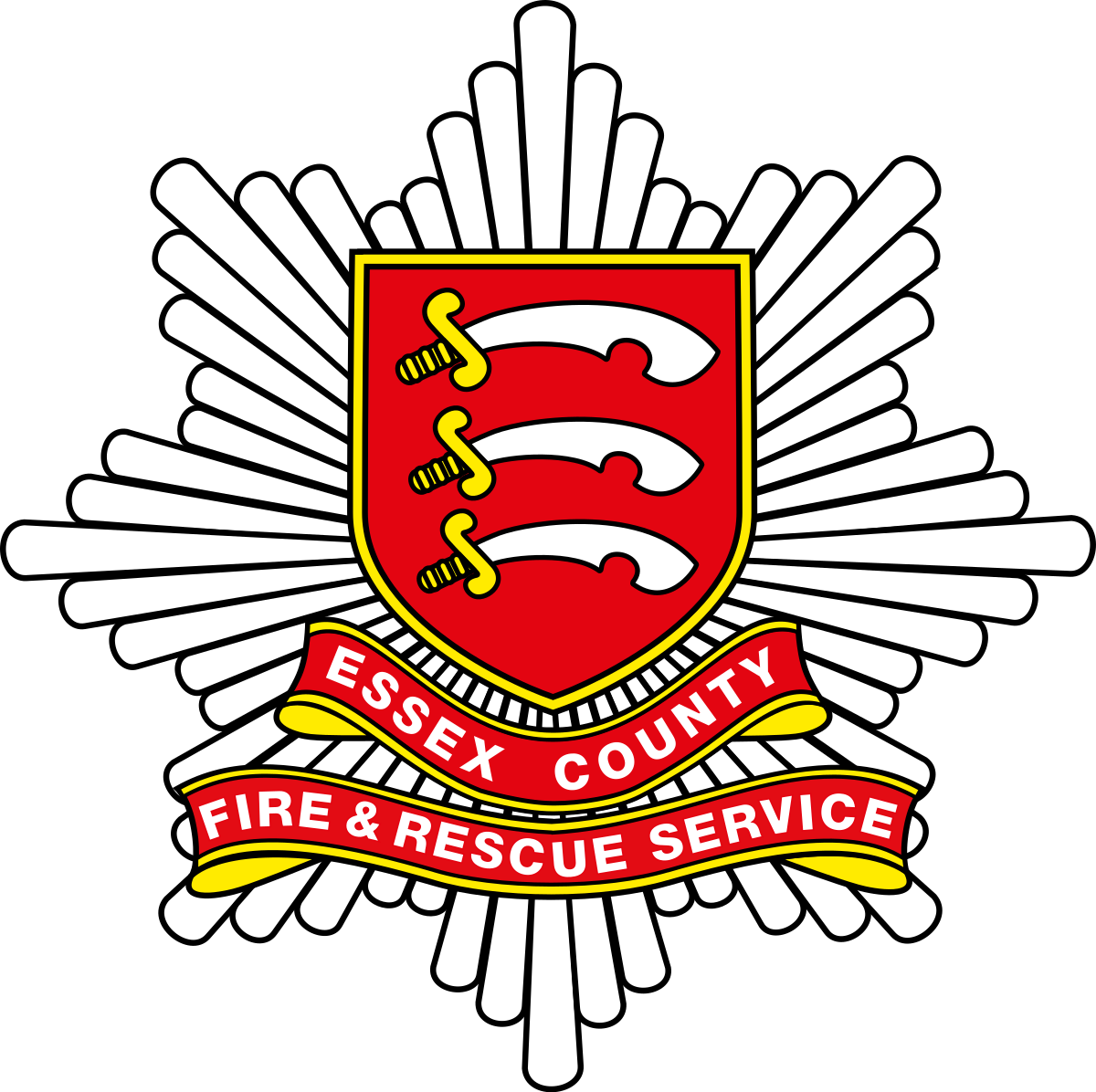Essex County Fire & Rescue Service

Client: Essex County Fire & Rescue Service (www.essex-fire.gov.uk)
Client’s Mission: “To develop a range of strategic human resources initiatives to support plans directed at delivering a 21st Century fire service to the residents of the County of Essex”
Dateline: From Kelvedon Park, Essex HQ, June 2014 to January 2016
Of primary importance to all local authorities, both in the UK and overseas, is a government fostered requirement to encourage Private Public Partnerships (PPP). While such opportunities do arise, overcoming the inherent ‘us and them’ suspicions, notably in the UK, can place strategic plans in jeopardy. When the working partnership is based on formulating and implementing a comprehensive human resources strategy, achieving the right sense of balance between satisfying contractual arrangements, while creating an engaging environment, demands a partner possessing a wealth of competences beyond the norm. The overall contract was complicated by the range of specialities spread across a large geographical area covered by the client, Essex County Fire & Rescue Service (ECFRS; one of the UK’s largest such bodies).
The requirements lay in four key areas:
- To work alongside the Service’s Strategic Delivery Board to develop its three-year operational strategy.
- To develop and embed the role and value of the Portfolio Management Office to manage all aspects of change across ECFRS.
- To develop and deploy the Staff Engagement Strategy to ensure that all staff remained engaged throughout the Service’s transformation process.
- To develop the Service’s Workforce and Succession Planning approach to ensure that the Service is able to identify and develop its future leaders.
Planning and Implementation
Following a detailed research period, during which Petaurum’s team engaged actively with the senior leadership of ECFRS and key members of the Essex Fire Authority, both definition and clarification of the HR requirements were outlined. Given the complex stakeholder matrix, this period involved building relationships across all parts of the Service and its Union bodies. The initial contract period was for four months.
A proposal document was drawn together to highlight the approach, introduce the logic and underscore both risks and stated issues. It was an essential means of demonstrating that Petaurum understood all aspects of the project, while allowing ECFRS to assess the impact of the key areas of implementation and enable shared responsibility input, with the sole aim of ensuring a successful long-term sustainable outcome. Clear and concise communications and imparting information on several levels was a central, abiding focus.
Having reached a consensus of agreement, both business case and supporting project documentation was developed, in order to obtain a sign-off from the Strategic Management Board. Once again, communications in Plain English were vital to ensuring that all aims and objectives were explained to staff, in order to remove barriers, concerns and objections related to the changes set to take place. At this crucial stage, it was vital that a full staff engagement exercise across all departments, including the part-time firefighters, would engender full co-operation that would enable buy-in to the aspects of approach and delivery. As a result of this successful approach, the contract period was extended on two further occasions to a total duration of 18 months, this was to allow the incorporation of additional requirements.
While the requirements would remain fixed, the project needed to be flexible enough to incorporate updates and amendments to the plans. After all, unlike private business, this project was reliant on public funding and, as a significant learning process, enabling feedback at any stage demanded positive ‘wiggle room’ not only for Petaurum but also ECFRS. The focus and commitment to the project were ascertained constantly to provide as smooth a transition as possible.
Much of this was achieved by chairing cross-departmental meetings, with a greater aim of developing an integrated support model for rescue services around the UK to adopt. The list of priorities was as follows:
- To design strategy development
- To ensure all-levels engagement
- To establish workforce planning
- To formulate succession planning and leadership models
- To develop all associated HR policies, procedures and templates to support models and implementation.
The Results
- Vital to the process was a trial implementation period. The Success, Planning and Leadership models were rolled out to a range of candidates. It was clear that it enabled all of their competences (from operational based or technical competences through to leadership and values based competences), to be demonstrated in all aspects of their roles. In the process, both operational competence and leadership potential became highlights, without detriment to the values of the emergency service. Perhaps of greater importance is that many of the candidates reported that the process provided by Petaurum was not only the most comprehensive but also the fairest that they had experienced throughout their careers with ECFRS.
- The operational business strategy enabled ECFRS to translate its broader strategic delivery plan into an all-enveloping three-year delivery programme that encompassed and aligned all operational departments to the wider strategic plan.
- ECFRS has been enabled to lead a sense of direction for other services, both locally and further afield, and allowed it to become a ‘thought leader’ in the development of fire and rescue responses for the 21st Century.
- The adoption of the local government’s ‘Engage for Success’ strategy, which allows ECFRS to benchmark its progress against similar services, also allows it to reach out for help and advice based on mutual learning.
- All projects were delivered on time and to budget.
- Total engagement and commitment was maintained across ECFRS throughout the process.
Conclusion
Despite having to deal with issues prevalent to a private company working with a public sector body, Petaurum exercised its first-class communication skills to ensure that all relevant contacts were kept ‘in the loop’ constantly from the outset of discussions, through the preliminary phases, proposals, business plan and programme implementation and subsequent follow-up. There were internal relations and union representatives to consider who were wary of change, however, by drawing-in volunteers for the project sessions, acceptance was gained and the unions and employees bought into the programme. Consequently, many potential pitfalls simply did not occur, because all parties were informed and became engaged with the processes.
